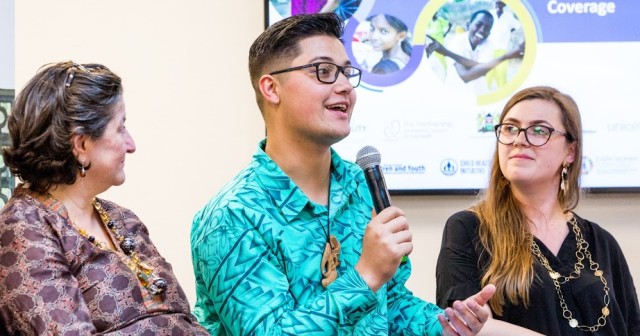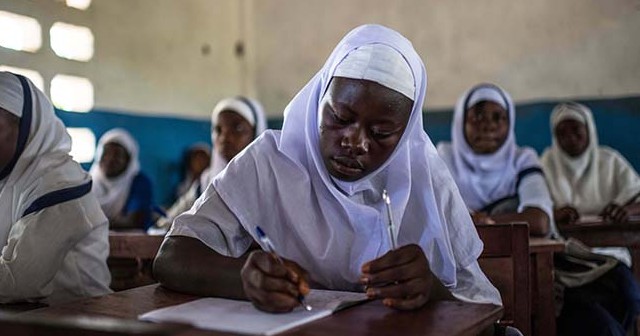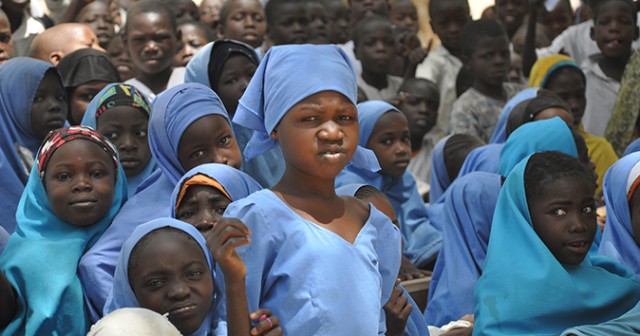Why its time to listen to girls growing up in crisis
Why it’s time to listen to girls growing up in crisis
To mark World Refugee Day 2018, we shared the findings of our latest research, exploring the experiences of Rohingya girls and those caught up in the protracted crisis in South Sudan.
Our two reports – Adolescent girls in crisis: voices of the Rohingya and Adolescent girls in crisis: voices from South Sudan – highlight, once again, the power of engaging with adolescent girls and their communities to understand their needs and rights.
Sadly, our research also shows that they are often let down by the humanitarian community, who fail to do just that.
As one Rohingya community leader told our researchers, “Not enough work is being done to help girls who have been raped, are disabled, have become blind – their names are taken but no work is done for them.”
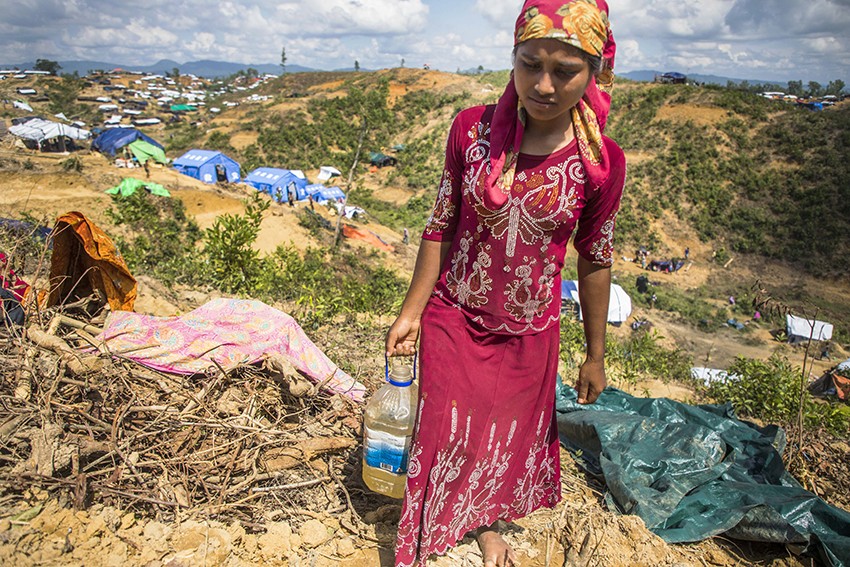
Meaningfully engaging with adolescent girls in humanitarian response
Adolescent girls clearly articulated their needs. They told us how their experiences differ from those of men and women, as well as their male peers. They also know what support they want from the humanitarian community.
We should be paying more attention. Globally, over half of all refugees are children, and 50% are female.
In South Sudan, two thirds of the population are younger than 18 years old, as are half of those who have been forcibly displaced.
We undertook this research with adolescent girls and boys to help fill in some of the gaps in knowledge. We wanted to understand their lived experiences and coping strategies. We wanted to seek their views on how the sector can better address these self-identified sources of insecurity.
So, what did they tell us?
Experiences of violence are pervasive
In South Sudan, adolescent girls described a continuum of violence, which has become normalised in their homes and communities.
One girl told us: “We will be beaten by unknown people. Because the security is not good at night. People can easily be killed or shot dead at night time.”
This has had a huge impact on the mental health of girls. 75% of the girls we spoke with stated that the conflict has had a negative effect on their state of mind. 26% had thought at least once about ending their own life in the last 12 months.
In South Sudan, 36% of girls had lost either a parent or a sibling through conflict-related violence, while 64% of the Rohingya girls report living in the camp without one or both of their parents.
This substantially impacts adolescent girls' education and life journeys, and contributes to the continued degradation of their time, labour and safety.
Child marriage leads to reductions in access to education
In both contexts, child, early and forced marriage is prevalent, and was the overwhelming fear reported by adolescent girls in South Sudan.
Child marriage and sexual violence has led to increases in adolescent pregnancy, which has in turn had an impact on attendance at school.
The lack of participation in education was another critical issue raised by girls in both contexts.
In Bangladesh, only 28% of the Rohingya girls we spoke with were currently attending some form of school.
There is a challenge with the availability of services, but girls’ lack of participation in education was acutely connected with restrictions that had been put on their freedom of movement, often linked to prevailing gender norms.
One adolescent Rohingya girl told us: “My mother is not allowing me to go. I have to listen to my mother. My mother used to say, ‘Girls do not need to study more. They need to perform the household chores.’ That is why she does not allow me to go to school.”
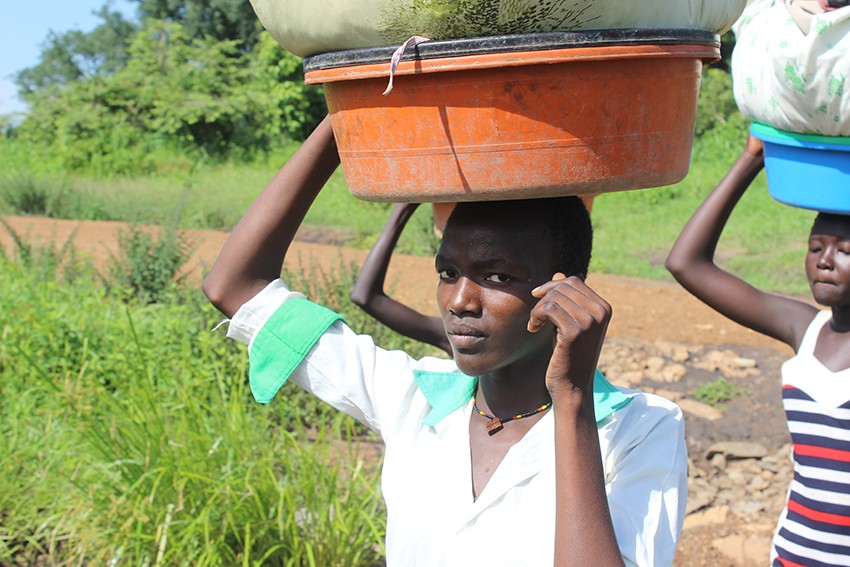
Turning commitments into action
This snapshot of the research findings shows that adolescent girls are impacted by protracted crises in profound and complex ways.
While girls in both contexts had witnessed and experienced atrocities, they clearly articulated sites of hope and resilience, and knew what support they needed from the international community to help them thrive.
While there is increasing political commitment to meet the needs of women and girls in emergencies, a step-change is needed to turn these commitments into action.
Latest stories for you
Really reaching the most marginalised?
Baroness Goudie on the role of research in understanding the realities of girls' lives.
Adolescents: the missing population in universal health coverage
Adolescents’ needs must be included if we’re to achieve health and wellbeing for all.
Why adolescent girls in crises must be a priority to unlock education for all
The unique challenges faced by girls must be overcome to achieve the SDG on education.
Beyond Brexit
We ask: what could a post-Brexit ‘global Britain’ look like?
Show more

